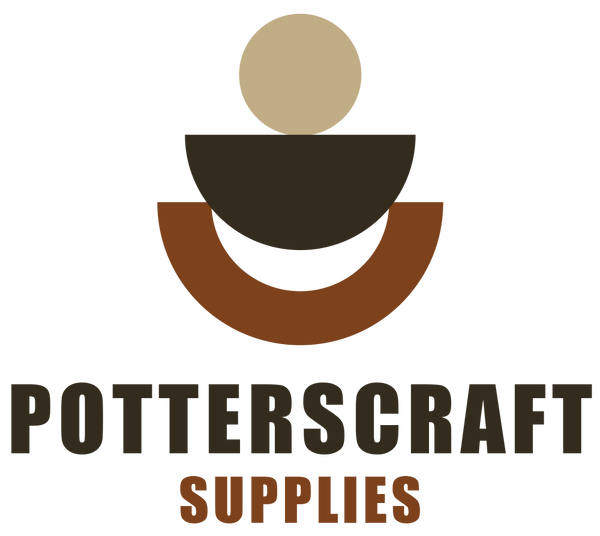Abbots Brushable Glazes - Food Safe Checklist
Abbots Brush-On Glazes – Which Are Foodsafe?
Glaze Name
Foodsafe
Glaze Name
Foodsafe
Glaze Name
Foodsafe
Almond
✔
Glossy Yellow
✔
Purple Haze
✔
Amber
✔
Granny Smith
✔
Reactive Black
✔
Aqua
✔
Hazel
✔
Rockpool
✔
Bison
✔
Hazy Blue
✔
Rust
✔
Black Oilspot
✔
Hokey Pokey
✔
Rutile Blue
✗
Blue satin
✔
Ice Blue
✔
Sage
✔
Butterscotch
✔
Ivory Flux
✔
Sandstone Sheen
✗
Cascade green
✔
Jade
✔
Sea Urchin
✗
Celadon
✔
Lichen
✔
Stone
✔
Charcoal
✔
Lime Green
✔
Sulphur
✗
Denim
✔
Magenta
✔
Sunflower
✔
Clear Crackle
✔
Malt
✔
Teadust
✔
Cobalt Blue
✔
Mandarin
✔
Tenmoku
✔
Deep Glossy Red
✔
Matte White
✔
Topaz
✔
Fake shino
✔
Misty Pink
✔
Turquoise Matte
✗
Fawn
✓
Olive Crackle
✔
Variegated Blue
✔
Floating Pink
✔
Outback
✔
Wine red
✔
Glossy White
✔
Pollen
✗
White Oilspot
✔
Food Safety Assurance for Glazes
Potters need confidence that their glazes are suitable for food-contact surfaces. While risks are typically low, we follow strict and conservative criteria to assess glaze safety:
1. Laboratory Tested & Verified – Glazes that have undergone laboratory testing and demonstrate low metal release are considered safe for food contact.
2. Inherently Safe Materials – Glazes composed solely of materials that pose no known hazard are deemed food-safe, regardless of crazing.
3. Stable & Balanced Chemistry – Glazes containing potentially hazardous components are considered safe if they:
- Are properly fired within their intended temperature range
- Form a fully glassy, non-crystalline surface
- Meet recommended chemical stability standards for food-safe glazes
Important Note: Food safety depends on proper firing and application. When glazes are layered or fired outside their intended range, potters assume responsibility for assessing risks.
Invalid Password
Enter
